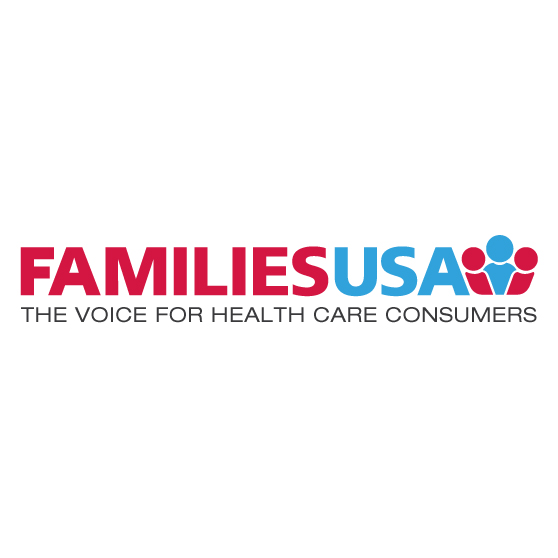
Trending: Why 2 Million Inconsistencies in ACA Applications are Not a Big Deal
07.01.2014
Recently media outlets have reported that the government is having trouble verifying the income information of as many as 2 million people enrolled in health coverage through the Affordable Care Act. As a result, they say, consumers may be getting the wrong level of tax subsidy to help them pay monthly premiums. Opponents of the Affordable Care Act have characterized these discrepancies in income data as yet another flaw in the new health law. But what most articles neglect to explain is this: The application process was designed to mete out premium tax subsidies based on an applicant’s best estimate of income for the coming year. By definition, an estimate is just that—an inexact projection of income. For seasonal workers or those who experience job changes, it’s virtually impossible to give an exact amount of what they’ll be earning in the coming year. Because the writers of the law knew this, they built in a review process to verify applicant income projections against actual earnings. And that’s what’s happening now.
Here’s a look at the process.
Many who qualify for premium subsidies are seasonal workers or have fluctuating income
A substantial number of consumers who apply for subsidies—especially those who are self-employed or who work at jobs where they are not guaranteed an annual salary of a specific amount—are simply providing a best guess about their income for the coming year. If they guess incorrectly, they aren’t committing fraud, they are doing exactly what the law asks of them.
Several factors contribute to changes in income status:
- People change jobs
- Salaries and wages rise and fall
- People experience differences in real or expected overtime
- Family members leave jobs to become students, and vice versa
The health insurance marketplace’s application system has built-in protections to ensure enrollees receive the correct amount of financial assistance
While technical glitches have slowed the process, the system accounts for the reconciliation of discrepancies in income information. It is designed to adjust the amount of subsidies that enrollees receive if they actually did get more or less assistance than they should have.
On the front end, when a consumer applies for health coverage, the marketplace searches the government’s data hub to confirm his or her income. If the information doesn’t match, the applicant has 90 days to provide additional documents—such as a W-2 form, paystub, or letter from an employer—to verify current income.
And that’s precisely what the marketplace is doing now—reconciling the information in these 2 million applications and, for consumers whose income does not match the government’s records, asking for more current income documentation. If documents show that the applicant is underestimating annual income, the marketplace reduces the amounts of premium subsidies accordingly.
Adjustments to a consumer’s premium can also occur when they notify the marketplace of changes in income during the course of the year. Consumers must report changes in income to the marketplace, and we encourage consumers to heed this requirement because it will help them in the end. When their incomes go up or down, the marketplace will adjust their premium credits for the remainder of the year.
There is, of course, a final method of reconciliation. Once a consumer who has received premium tax subsidies files personal income taxes, the government will know immediately if the premium tax subsidy amount was correctly matched to income. If it wasn’t (for example, if actual income was higher), then the consumer pays back a portion of the premium tax credits. This is the scenario that the system was designed to avoid, and it is why the government is reconciling discrepancies now.
One valid concern, however, remains: How many people will, in fact, face a tax hit due to changes in their income or delays in the reconciliation of differences in income information? And are more protections needed in the final tax reconciliation process? We will be closely monitoring this.
The D.C. HealthLink exchange offers a promising solution to help consumers avoid a tax bill
Process aside, there’s a simple precautionary measure that state exchanges can take to mitigate the complications that arise from awarding premium tax subsidies based on income projections and not actual income earned. In that respect, the District of Columbia is leading the way.
D.C.’s marketplace portal, HealthLink, encourages consumers to take 15 percent less in premium tax credits than they qualify for. As a default, HealthLink automatically reduces an applicant’s tax credits by 15 percent, in case the applicant over- or under-estimates income. Of course, the website does allow applicants to override this amount, but it’s a simple way to head off complications. We encourage other states to consider this and other commonsense solutions to help consumers.


